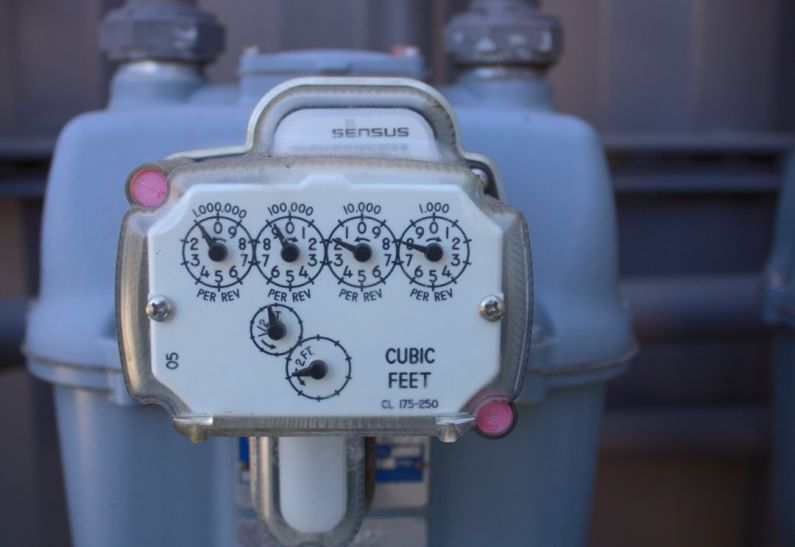Reducing cooling costs is a significant concern for homeowners and businesses alike, especially during the hot summer months. With the rise of renewable energy sources, such as solar power and wind energy, there is a growing interest in how these technologies can contribute to lowering cooling expenses. In this article, we will explore the role that renewables play in reducing cooling costs and how they can benefit both the environment and your wallet.
The Impact of Traditional Cooling Systems
Traditional cooling systems, such as air conditioners, rely heavily on electricity generated from fossil fuels. These systems can be costly to operate, especially during peak demand periods when electricity prices are higher. Additionally, the use of fossil fuels for energy generation contributes to greenhouse gas emissions and exacerbates climate change.
Air conditioners and other conventional cooling systems also require regular maintenance and can be prone to breakdowns, leading to additional expenses for repairs and replacements. As a result, many consumers are seeking alternative solutions that are more energy-efficient and environmentally friendly.
Renewable Energy Sources for Cooling
Renewable energy sources, including solar power and wind energy, offer a sustainable alternative to traditional cooling systems. Solar panels can be installed on rooftops to harness the sun’s energy and convert it into electricity to power cooling systems. Wind turbines can also generate electricity that can be used for cooling purposes.
These renewable energy sources have several advantages over traditional fossil fuel-based systems. They are abundant, clean, and renewable, making them a more sustainable choice for cooling needs. Additionally, once the initial investment in solar panels or wind turbines is made, the energy they produce is essentially free, helping to reduce long-term cooling costs.
Solar Power for Cooling
Solar power is one of the most popular renewable energy sources for cooling applications. Solar panels can be used to power air conditioners, fans, and other cooling devices, helping to offset electricity costs and reduce dependence on the grid. In addition to lowering cooling expenses, solar power can also increase the value of a property and reduce its carbon footprint.
One of the key advantages of solar power is its scalability. Solar panels can be installed on residential homes, commercial buildings, and even large industrial facilities to meet varying cooling needs. By generating electricity on-site, solar power can help to stabilize energy costs and provide a reliable source of power during peak demand periods.
Wind Energy for Cooling
Wind energy is another renewable resource that can be harnessed to reduce cooling costs. Wind turbines can be installed on properties with sufficient wind resources to generate electricity that can be used for cooling purposes. Like solar power, wind energy is clean, abundant, and renewable, making it an attractive option for environmentally conscious consumers.
Wind energy can be particularly beneficial for properties located in windy regions, where turbines can produce a significant amount of electricity. By incorporating wind energy into a cooling system, property owners can reduce their reliance on traditional grid power and take advantage of a free and sustainable energy source.
Benefits of Using Renewables for Cooling
There are several benefits to using renewables for cooling purposes. In addition to reducing energy costs and environmental impact, renewables can provide greater energy independence and resilience. By generating electricity on-site, consumers can insulate themselves from fluctuations in energy prices and grid outages, ensuring a reliable source of power for cooling needs.
Furthermore, using renewables for cooling can help to reduce carbon emissions and combat climate change. By transitioning away from fossil fuel-based energy sources, consumers can lower their carbon footprint and contribute to a more sustainable future. Additionally, the use of renewables can help to create jobs in the clean energy sector and stimulate economic growth.
In conclusion, renewables play a crucial role in reducing cooling costs and providing sustainable solutions for energy needs. By harnessing the power of solar and wind energy, consumers can lower their electricity bills, increase energy independence, and reduce their environmental impact. As the demand for energy-efficient cooling solutions continues to grow, renewables offer a promising pathway towards a more sustainable and affordable future.
